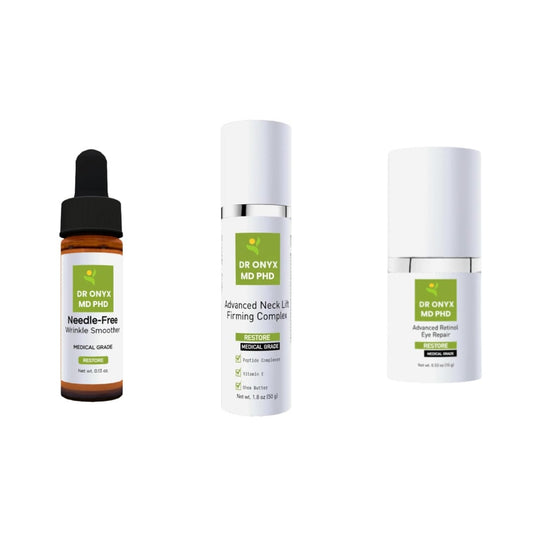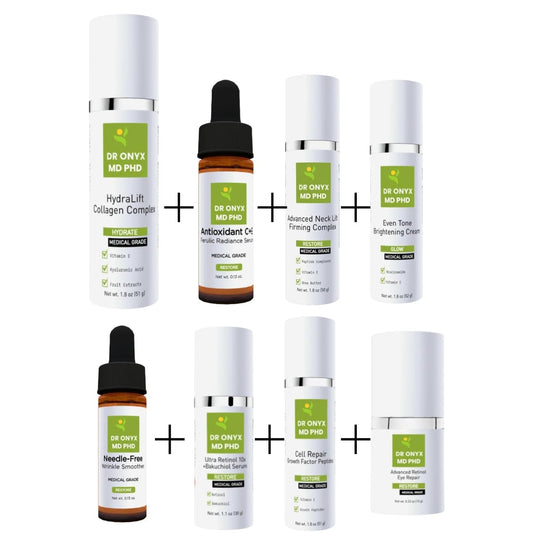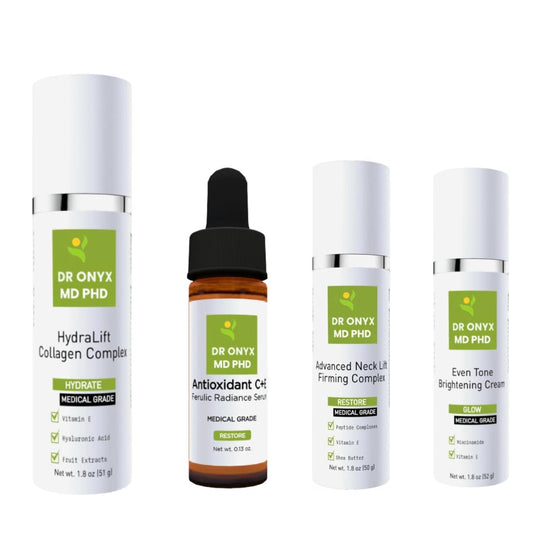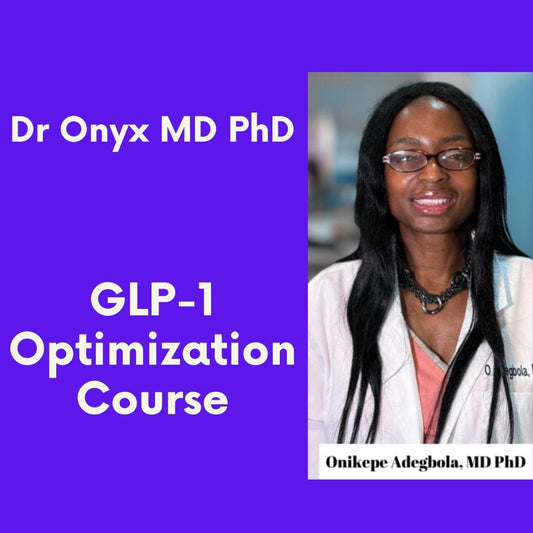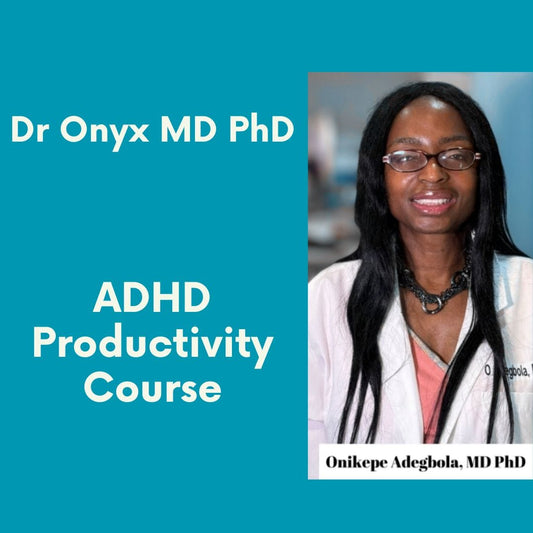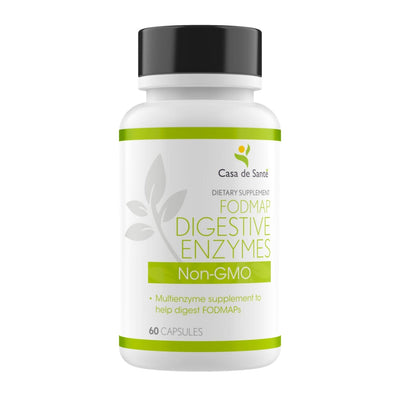How to Stay Healthy While Taking GLP-1 Medications: A Complete Guide
GLP-1 medications like Ozempic, Wegovy, and Mounjaro have revolutionized weight management and diabetes treatment. While these medications offer significant benefits, maintaining overall health while taking them requires thoughtful attention to nutrition, hydration, exercise, and potential side effects. This comprehensive guide will help you navigate the journey of staying healthy while taking GLP-1 medications.
Understanding GLP-1 Medications
GLP-1 (glucagon-like peptide-1) receptor agonists work by mimicking a hormone that targets areas in the brain that regulate appetite and food intake. These medications slow gastric emptying, increase feelings of fullness, and reduce hunger, making it easier to eat less and lose weight. Originally developed for type 2 diabetes management, many are now FDA-approved for weight loss in individuals without diabetes.
Popular GLP-1 medications include semaglutide (Ozempic, Wegovy), tirzepatide (Mounjaro), liraglutide (Saxenda), and dulaglutide (Trulicity). Each has slightly different mechanisms, dosing schedules, and potential effects, but all share the core function of affecting appetite regulation and blood sugar control.
How These Medications Affect Your Body
When you take a GLP-1 medication, you'll likely experience reduced hunger and increased satiety. This dramatic change in appetite signals can lead to significantly decreased food intake. While beneficial for weight loss, this reduced intake can potentially lead to nutritional gaps if not managed properly. Additionally, these medications slow stomach emptying, which helps control blood sugar but can contribute to nausea and digestive discomfort, especially in the beginning of treatment.
Many users report a changed relationship with food – previously tempting foods may become less appealing, and the strong drive to eat may diminish substantially. This physiological change requires adaptation in how you approach nutrition to ensure you're still getting essential nutrients despite eating less volume.
Nutrition Strategies While Taking GLP-1 Medications
Maintaining proper nutrition becomes particularly important when your appetite is suppressed. Since you're consuming fewer calories overall, the quality of what you eat matters more than ever. Focus on nutrient-dense foods that provide maximum nutritional value in smaller portions.
Prioritizing Protein Intake
Protein becomes especially crucial when taking GLP-1 medications. Aim for 1.2-2.0 grams of protein per kilogram of body weight daily to preserve muscle mass during weight loss. High-quality protein sources include lean meats, fish, eggs, dairy, legumes, and plant-based proteins like tofu and tempeh.
Consider spreading your protein intake throughout the day rather than consuming it all at once. This approach helps maximize protein synthesis and utilization. Some patients find protein shakes or smoothies easier to consume when experiencing reduced appetite or nausea, making them valuable tools for meeting protein targets.
Managing Micronutrients
With reduced food intake, getting adequate vitamins and minerals requires strategic eating. Focus on colorful vegetables, fruits, whole grains, and nutrient-dense foods. Dark leafy greens, berries, nuts, seeds, and a variety of vegetables should form the foundation of your meals when possible.
Many healthcare providers recommend a high-quality multivitamin while on GLP-1 medications to help fill potential nutritional gaps. Additional supplements like vitamin D, calcium, magnesium, and B vitamins may be recommended based on your individual needs and lab results. Regular blood work can help identify specific deficiencies that need addressing.
Meal Planning and Timing
Smaller, more frequent meals often work better than three large meals when taking GLP-1 medications. This approach accommodates the reduced stomach emptying and helps prevent nausea. Consider 4-6 small meals spread throughout the day, each containing a balance of protein, healthy fats, and complex carbohydrates.
Some patients find that implementing a gentle intermittent fasting approach works well with GLP-1 medications, as the appetite suppression makes restricted eating windows more manageable. However, this should be discussed with your healthcare provider to ensure it's appropriate for your specific situation.
Hydration and GLP-1 Medications
Proper hydration becomes even more critical when taking GLP-1 medications. These drugs can increase the risk of dehydration through several mechanisms, including reduced fluid intake due to general appetite suppression and potential side effects like nausea or diarrhea.
Aim for at least 2-3 liters (8-12 cups) of fluid daily, primarily from water. Carrying a water bottle and setting regular reminders to drink can help maintain hydration. Be aware that thirst signals may be altered while on these medications, so you may need to drink according to a schedule rather than relying on feeling thirsty.
Electrolyte Balance
Maintaining proper electrolyte balance is essential while taking GLP-1 medications, especially if you experience digestive side effects. Consider incorporating electrolyte-rich foods like bananas, avocados, and leafy greens into your diet. For those experiencing significant fluid losses through side effects, an electrolyte supplement or drink may be beneficial.
Pay particular attention to sodium, potassium, and magnesium levels, as imbalances can contribute to fatigue, muscle cramps, and other symptoms. If you're experiencing persistent issues with electrolyte balance, your healthcare provider may recommend specific supplements or monitoring.
Exercise Considerations
Physical activity remains a crucial component of health while taking GLP-1 medications. However, you may need to adjust your exercise approach to accommodate changes in energy levels and nutritional intake. The combination of reduced caloric intake and weight loss can sometimes lead to fatigue or reduced exercise capacity, especially initially.
Strength Training to Preserve Muscle Mass
Resistance training becomes particularly important during weight loss to preserve lean muscle mass. Aim for at least 2-3 strength training sessions weekly, targeting all major muscle groups. This can include traditional weight lifting, resistance bands, bodyweight exercises, or machine-based workouts.
Consider working with a fitness professional who has experience with clients on weight loss medications to develop an appropriate program. They can help ensure your workouts are challenging enough to maintain muscle while being sustainable with your energy levels and appetite changes.
Cardiovascular Exercise and Energy Management
Cardiovascular exercise provides numerous health benefits beyond weight management, including improved heart health, insulin sensitivity, and mood. However, you may need to adjust the intensity and duration of cardio workouts while your body adapts to the medication.
Start with moderate activities like walking, swimming, or cycling at a comfortable pace, and gradually increase intensity as tolerated. Pay close attention to how you feel during and after exercise, and don't hesitate to scale back if you're experiencing excessive fatigue. Some patients find that timing workouts shortly after taking in some nutrition helps provide the energy needed for effective exercise.
Managing Side Effects
GLP-1 medications commonly cause digestive side effects, particularly during the initial weeks of treatment or after dose increases. Understanding how to manage these effects can significantly improve your quality of life and adherence to treatment.
Addressing Nausea and Digestive Discomfort
Nausea is one of the most common side effects of GLP-1 medications. Eating smaller, more frequent meals can help reduce this symptom. Some patients find that avoiding fatty, spicy, or very fibrous foods during the first few days after an injection helps minimize discomfort.
Ginger tea, peppermint, and staying upright after eating may also help manage nausea. If nausea is severe or persistent, talk to your healthcare provider about anti-nausea medications or adjusting your dosing schedule. Remember that digestive side effects typically improve over time as your body adjusts to the medication.
Preventing Constipation
Constipation can occur due to slower gastric emptying and reduced food intake. Staying well-hydrated is the first line of defense against this side effect. Additionally, focus on including adequate fiber from vegetables, fruits, and whole grains, but introduce high-fiber foods gradually to avoid bloating.
Regular physical activity helps stimulate bowel movements. If constipation persists despite these measures, discuss with your healthcare provider about using gentle fiber supplements or mild laxatives as needed. Magnesium supplements can also help some patients with constipation while providing other health benefits.
Monitoring Your Health
Regular monitoring becomes essential when taking GLP-1 medications to ensure you're losing weight safely and maintaining overall health. Work with your healthcare team to establish appropriate check-ins and testing schedules.
Regular Lab Work and Check-ups
Most providers will recommend regular blood work to monitor various health markers while taking GLP-1 medications. This typically includes comprehensive metabolic panels, lipid profiles, and sometimes nutritional markers like vitamin D, B12, and iron levels. These tests help ensure your organ function remains healthy and can identify any nutritional deficiencies early.
Regular check-ups also allow your provider to monitor your blood pressure, heart rate, and other vital signs. Weight loss should be tracked to ensure it's occurring at a healthy rate – typically 1-2 pounds per week is considered sustainable and safe for most individuals.
Mental Health and Emotional Well-being
The psychological aspects of taking GLP-1 medications deserve attention. Rapid weight changes and altered relationships with food can have profound emotional effects. Some patients experience mood changes directly related to the medication, while others face adjustment challenges as their body image and eating habits change.
Practice self-compassion throughout this journey. Recognize that adapting to these medications takes time, and there may be challenging days. Consider working with a therapist or counselor who specializes in weight management and body image if you're experiencing significant emotional challenges.
Building a Sustainable Relationship with Food
While GLP-1 medications reduce hunger and cravings, developing a healthy relationship with food remains important for long-term success. Work on mindful eating practices – eating slowly, savoring flavors, and paying attention to hunger and fullness cues, even if they're altered by the medication.
Remember that these medications are tools to help manage weight and health, not replacements for developing sustainable eating patterns. Many patients benefit from working with a registered dietitian who can help navigate the unique nutritional challenges of GLP-1 therapy while building healthy food habits that can continue even if medication is eventually discontinued.
Conclusion
Staying healthy while taking GLP-1 medications requires a multifaceted approach that addresses nutrition, hydration, physical activity, side effect management, and emotional well-being. By implementing the strategies outlined in this guide and working closely with your healthcare team, you can maximize the benefits of these medications while minimizing potential drawbacks.
Remember that your experience with GLP-1 medications will be unique to you. What works for one person may not work for another, so be prepared to adapt these recommendations to your individual needs and responses. With thoughtful attention to your overall health, GLP-1 medications can be valuable tools in your journey toward improved metabolic health and weight management.




